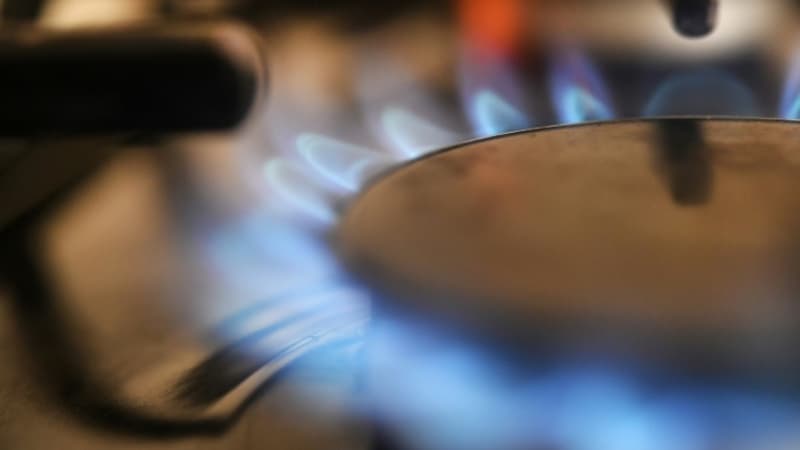In the event of a total stoppage of Russian gas deliveries, the European Union must continue its efforts to further reduce its needs in order to avoid running out of gas in the winter of 2023/24, the International Agency for Gas Energy (AIE) in a report.
The gap between supply and demand “could reach 27,000 million cubic meters in 2023 in a scenario in which gas deliveries from Russia fall to zero and LNG (liquefied natural gas) imports from China rebound to 2021 levels” , according to that report.
This 27 billion figure is equivalent to around 6.5% of the EU’s annual consumption in 2021, which amounted to 412 billion cubic meters, the highest since 2011, according to Eurostat figures. In 2022, it could reach 360 billion cubic meters, according to figures mentioned by the IEA.
“The European Union has made significant progress in reducing its dependence on Russian gas, but it is not out of the woods yet,” IEA Executive Director Fatih Birol said on Monday. He recalls that many of the circumstances that allowed member countries to fill their storage sites during the spring and summer of 2022 for this winter cannot be repeated in 2023.
‘More effort is vital’
The report insists notably on the fact that, apart from an arrest of the Russian free rates, the demand from Beijing for LNG can be distributed due to a rebond from the Chinese economy, increasing the competition with Europe to achieve the GNL available in the world. It is also possible that the mild temperatures experienced this autumn in Europe will not be repeated, which would consume more inventories.
This report shows, according to Fatih Birol, that “a greater effort in energy efficiency, the development of renewable energy and heat pumps and energy saving measures, is vital to counter the risks of shortages and another price increase next year” .
In the years preceding the war in Ukraine, the reference price for gas on the European market was around 20 euros per megawatt hour. This year it rose to €300 before falling back to €100.
Source: BFM TV


